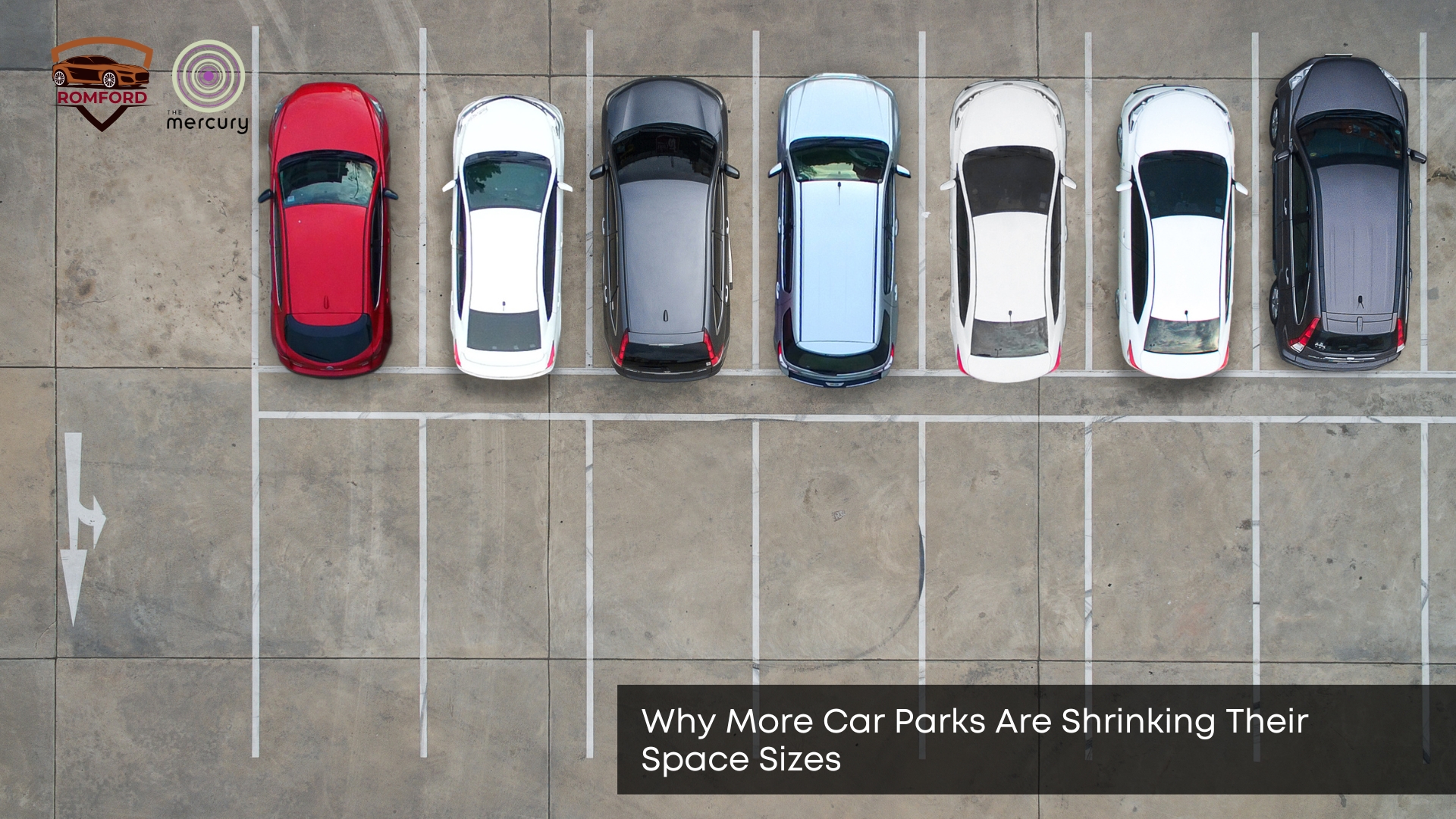If you’ve ever struggled to open your car door without bumping the one next to you, you’re not alone. Across the UK, car parking space sizes appear to be shrinking, leaving drivers frustrated and vehicles more vulnerable to damage. But why is this happening? This article examines the reasons behind the shrinking dimensions of car parks and their implications for today’s drivers. Whether you park in a retail lot, city centre garage or residential block, these changes are affecting how we park every day.
Are Parking Spaces Getting Smaller?
Yes, many parking spaces across the UK have reduced in width and length over recent years. While older car parks were designed to accommodate compact cars, modern vehicles are now larger, making existing spaces feel more cramped. However, instead of resizing older layouts, many new or refurbished car parks are being designed with smaller spaces to increase capacity. This decision may help accommodate more vehicles, but it often comes at the expense of convenience. Wider trends often influence these tight changes in land use and property economics.
Why Would Car Parks Choose to Shrink Space Sizes?
Shrinking space sizes allow car park operators to fit more vehicles into a limited footprint. In urban areas where land is expensive, maximising every square metre helps boost profits or provide more availability. It’s a trade-off between revenue and usability, and some companies choose profit. As demand for city parking rises, this trend becomes increasingly common, especially near shopping centres or transit hubs. This makes many drivers wonder how shrinking spaces affect their vehicles and peace of mind.
What Are the Downsides of Smaller Parking Spaces?
Smaller parking bays increase the risk of door dings, scratches, and awkward manoeuvring. Larger vehicles, such as SUVs or vans, often require more space to open doors fully or reverse cleanly. When spaces are tight, drivers may also feel pressured or rushed, especially when others are waiting nearby. The overall experience becomes less user-friendly, leading to stress and potential damage. In some cases, poorly marked or undersized spaces may even cause accidents. Having car park attendants on-site can make a big difference in managing tight areas safely.
What’s the Standard Car Park Space Size in the UK?
In the UK, the recommended standard size for a car parking space is around 2.4 metres wide by 4.8 metres long. However, this is only a guideline, not a legal rule, and many private operators deviate from it. Older car parks may offer even smaller spaces, and newer builds may reduce the width to 2.3m or less. This means drivers need to be extra aware of their surroundings when pulling in or out. For guaranteed spaces, Romford parking permits offer a more consistent parking experience.
How Are Modern Vehicles Affected by This Trend?
Modern vehicles, especially SUVs and electric cars, are generally wider and longer than cars from previous decades. Some now exceed the standard space width, making it harder to park without crossing the lines. Even modest family cars may find tight bays challenging. This mismatch creates tension between the car industry and car park planners, as vehicle designs evolve faster than parking layouts. As a result, drivers are often caught in the middle. And if you think this only affects private car parks, think again.
Are Public Car Parks Also Reducing Space Sizes?
Yes, some public car parks are also downsizing space widths to accommodate more users, especially in busy areas. Councils looking to maximise public land efficiency may reduce dimensions in redevelopments or upgrades. However, this often draws criticism from residents, disability access groups, and larger vehicle owners. The balance between volume and accessibility remains a topic of debate in many planning circles. To find layouts that still offer comfort and convenience, check out local Romford parking options before your next trip.


Leave a Reply